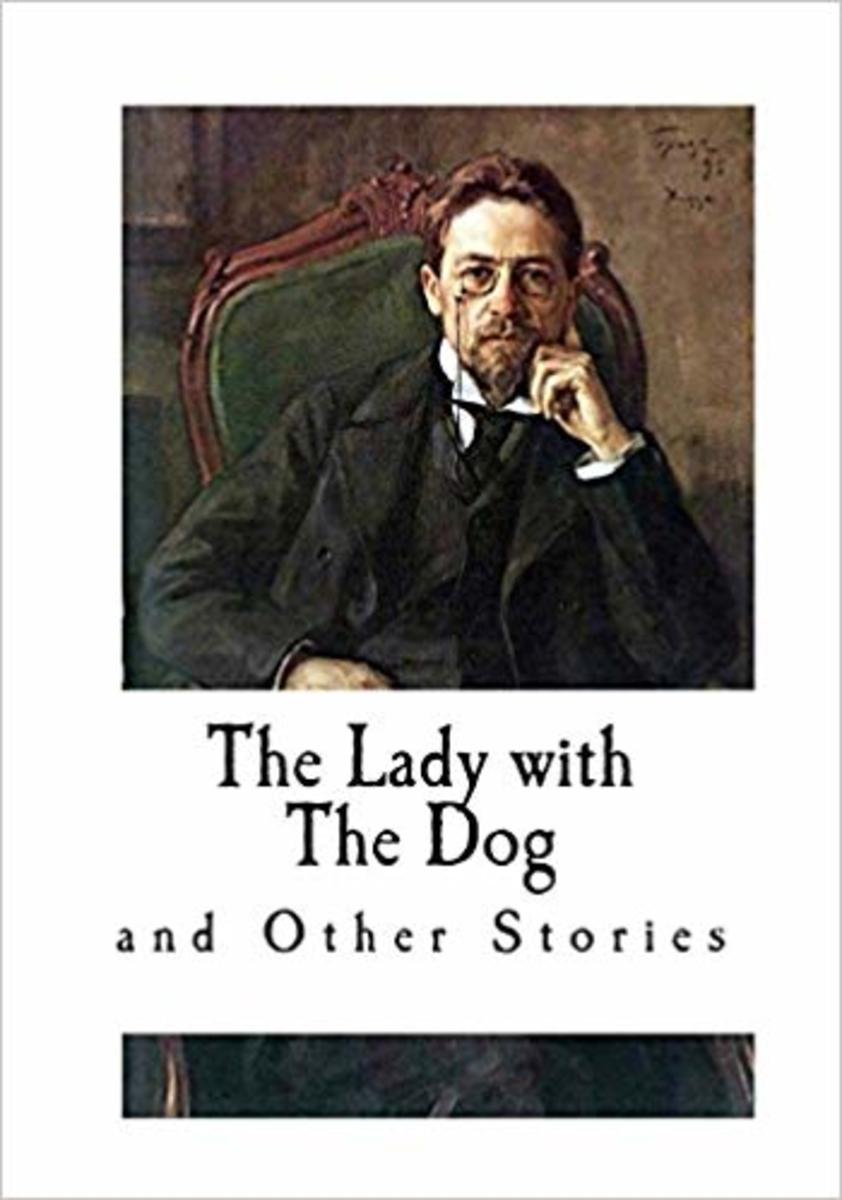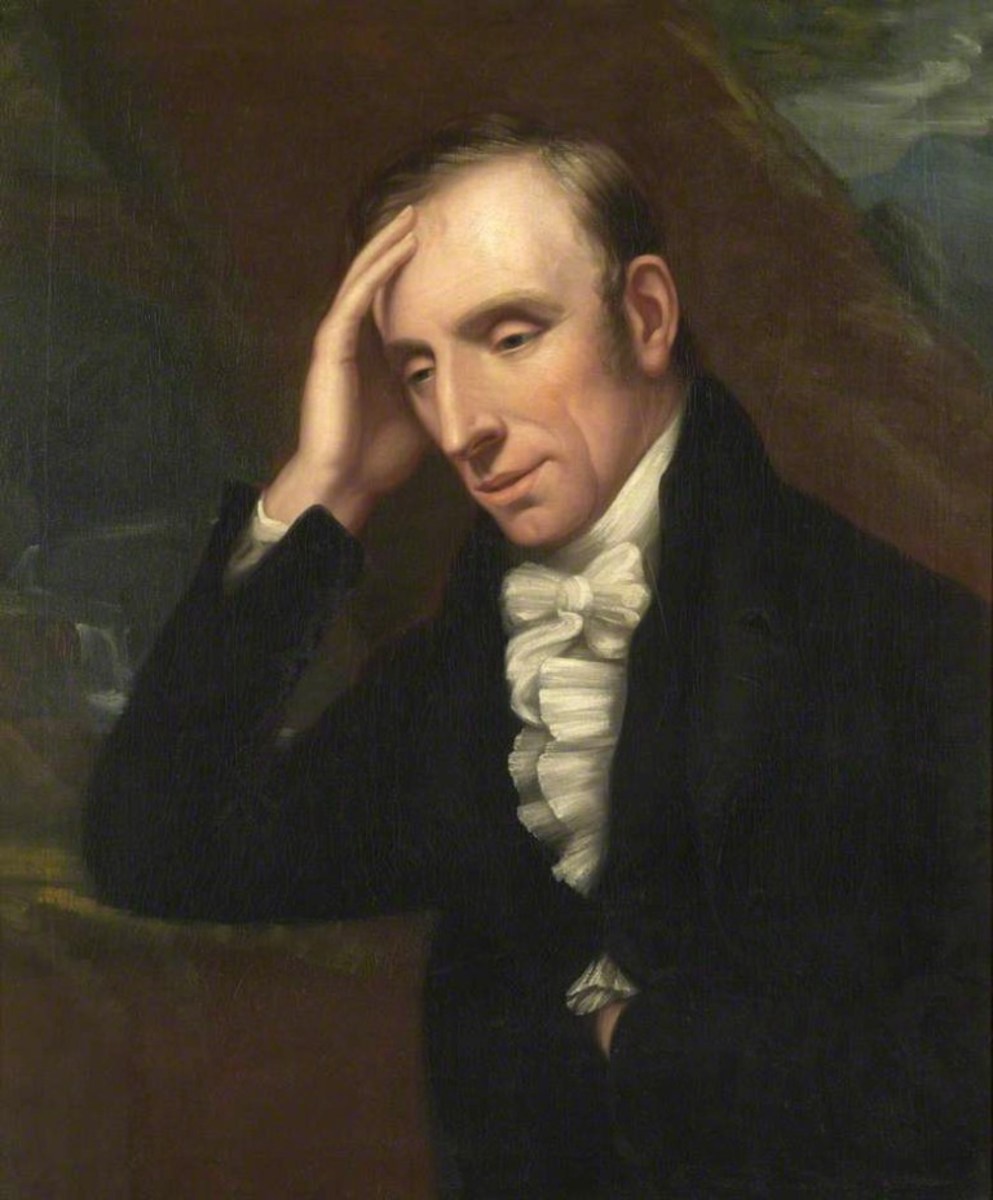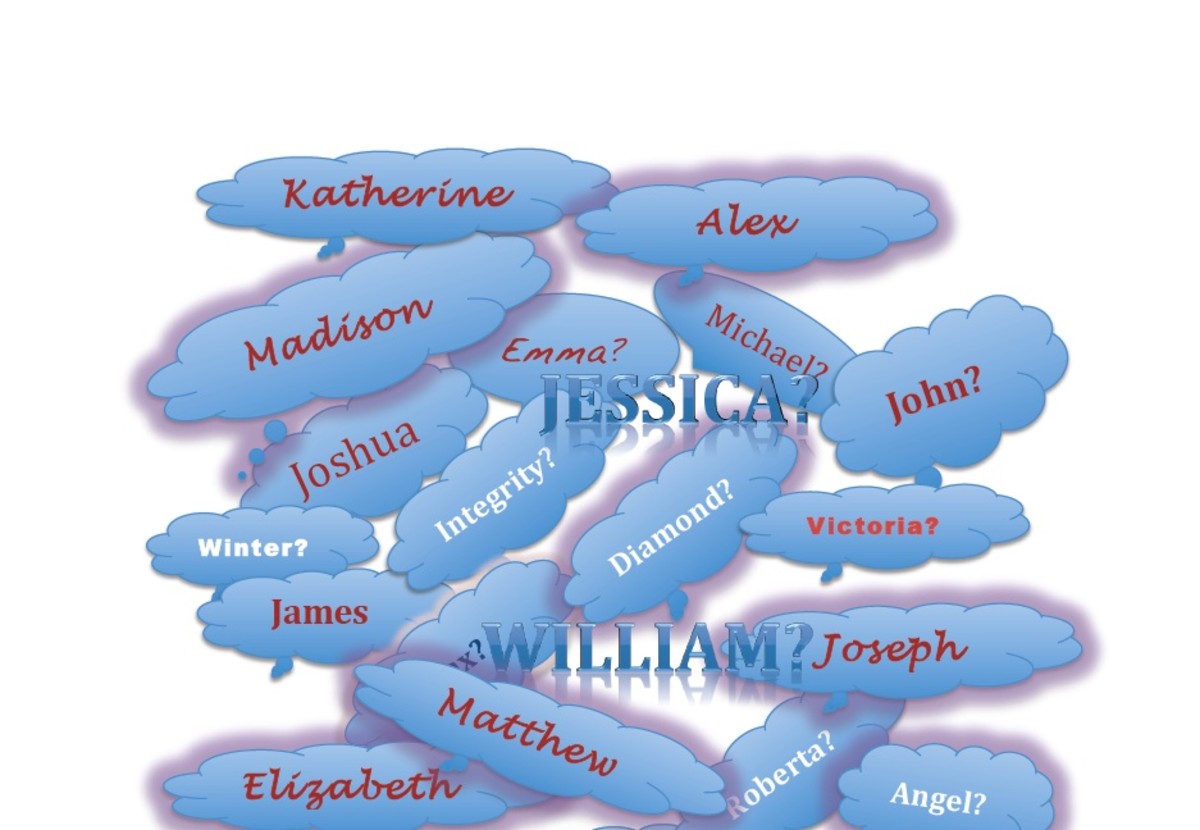Critical Analysis of Need Theories

It is a good practice to create a critical analysis of the “Need Theories”. I read the theories of need including
Ø McClelland's Theory of Needs
Ø ERG Theory
Ø Maslow's Hierarchy of Needs
After thoroughly reading of these theories I have some conclusion as well as some critics on these theories. Let me share these points will all my fellows and my instructor, hopefully it will help me as well for you to understand and look into the other side of these theories.
I will start my discussion from “Maslow's Hierarchy of Needs”. It is the first theory devised by Abraham Maslow which categories the human need into five different categories. This theory gave motivation and vision to other theories to devise.
The first critics on this theory is that it shows that only one need is satisfied at a time and you can’t to move to other need before fulfilling the first need. The second critic is that culture plays their vital role in an organization where this hierarchy fails because they prefer their culture to the hierarchy of Maslow.
“ERG Theory” gave a new insight and sketched a new design of human need. He simply reduced the hierarchy of Maslow into three levels Existence, Relatedness and Growth. In this theory the different levels of need are exist simultaneously which differentiate if from the Maslow’s theory.
The first critics on this theory is that keeping in mind the organization perspective it is difficult for a manager to recognize that which need is dominating in the employee. The second critic is that I will call this theory of progressive needs instead of rigid.
McClelland's Theory of Needs explained that human needs differed with the passage of time; he cannot stick to a single need in his whole life. Therefore he listed the human need likeERG Theory into three categories such as achievement, affiliation, or power.
According to my point of view McClelland's Theory of Needs is the best theory keeping in mind human need and the business perspective because the employee will prefer those organizations where he can express his knowledge, experiences and skills in a proper way and in a good environment so that he may achieve his mission as well as vision.
On the other hand the owners of the firms/organizations will prefer to higher those employees whom they wished to work in their organization so that they may achieve the vision and mission of the firm and generate the maximum profit for the organization.
Now question arises what kind of the need is dominating in the employees at that time?The answer is very simple that Thematic Apperception Test (TAT). It will help the organization so that he may find the desired need of the employee and assign them the objectives which relates to their needs, because it will prove fruitful for both the owner as well as employees.
Final Conclusion
Before concluding final remarks I again read all the theories carefully and then I am going to make final conclusion.
All the need theories explained their own school of thoughts in a different and reasonable approach, but Maslow's Hierarchy of Needs got the primary importance because it is the pioneer in need theories and this theory give insight other scientist so that they may share their ideas and find out the demerits in this theory and develop that kind of theory which is free from all kinds of demerits and perfect for an organization.
Such an attempt was made by both ERG Theory and McClelland's Theory of Needs,both the scientist attempt was good because ERG Theory listed the need into three categories like Maslow where as McClelland's Theory of Needs also contained a list of need but it showed that a human need differ in different period of life.
So, in short I am in the favor of McClelland’s Theory of Needs keeping in mind the organization as well as individual perspective because in this theory it is tried to recognize which need is dominating in an employee at a particular time of life so that it will proof helpful for both the employee as well as organization.









